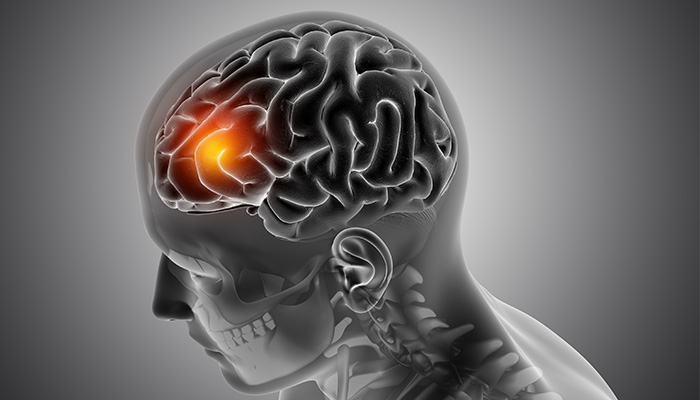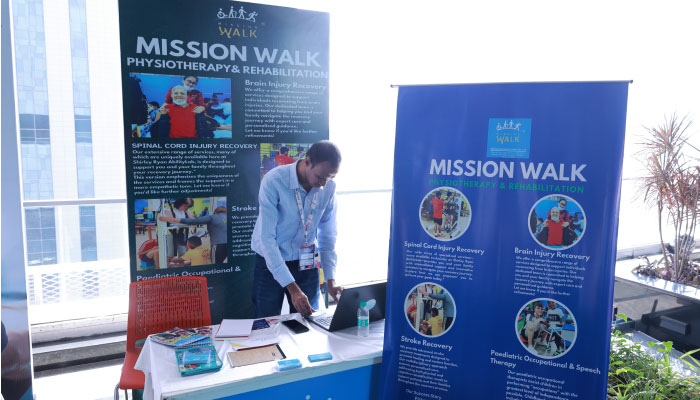“Amyotrophic Lateral Sclerosis” or “ALS” is a neurological disorder that affects the muscles and causes weakness, paralysis, and untimely death. It affects between 1 to 3 people per 100,000 people. “Amyotrophic” refers to the fact that the muscles don’t get enough nourishment. “Lateral” refers to the sides of your spinal cord where the nerves are located. “Sclerosis” refers to the scarring or hardening of your tissue.
This condition is also known as Lou Gehrig’s disease, named after the famous baseball player Lou Gehrig, who was diagnosed with ALS in 1939.
Understanding ALS
Motor neurons are the nerve cells that help send signals from the brain to different muscles in the body. Motor neurons are found in the brain, the brain stem and in the spinal cord. The brain’s motor neurons are called upper motor neurons whereas the spinal cord’s motor neurons are called lower motor neurons. ALS causes the degeneration and death of both the upper and lower motor neurons. As a result, the messages sent from the brain cannot reach the muscles, leading to muscle dysfunction.
Genetic mutations are believed to be the cause of inheritable ALS. People with ALS have higher levels of a chemical messenger called glutamate in their brains or spinal cord. If an individual’s immune system attacks their own cells, they may also develop ALS. Another contributing factor to ALS is the build-up of abnormal proteins inside the cells, which causes nerve cells to die.
Symptoms
ALS is a condition that can lead to weakness in the extremities, such as the feet and legs, as well as the ankles and hand. It can also cause difficulty in lifting the front portion of the toes and feet, a condition called foot drop. Additionally, muscle cramps and twitching may occur in the shoulder, arm and tongue. Initially, the disease may begin in the hands or feet, and progress to other areas of the body, ultimately leading to paralysis. Individuals may experience difficulty in swallowing, chewing, breathing and speaking.
Diagnosis
The doctor takes a comprehensive medical history and performs a full physical exam. Early diagnosis of ALS can be challenging as it may appear to be similar to multiple sclerosis, nerve compression, and spinal cord tumors. Muscle and nerve tests such as electromyogram and nerve conduction speed tests are performed. To exclude other diseases, an MRI scan, a CT scan and spinal fluid tests may also be performed.
Treatment
While there is no cure for the disease, symptoms can be controlled and disease progression can be delayed. There are currently 7 drugs approved by the FDA to treat ALS and its associated symptoms. Your doctor will also prescribe drugs to treat constipation, muscle cramps, hypersalivation, excessive phlegm production, depression, fatigue, and pain.
Physical therapy with low-impact exercises is suggested to enhance muscle strength, facilitate movement, and promote cardiovascular fitness. Occupational therapy involves the utilization of wheelchairs, walkers, ramps, or braces to assist the patient in movement. Speech therapist assists the patient in communicating through adaptive speech techniques, speech synthesizers, and computer-based equipment.
Beating ALS
Approximately 50% of people diagnosed with amyotrophic lateral sclerosis (ALS) die within 3 years of their diagnosis, 20% survive for 5 years, and 10% survive for 10 years or more. The world famous theoretical physicist, Stephen Hawking passed away at age 76 after living with ALS for over 50 years. He has written several best-selling books from the wheel chair using voice synthesizers and computers. Dr. Hawking said that even though he had ALS, it didn’t mean he couldn’t have a loving family or be successful in life. This is why a person with ALS should never give up hope.



